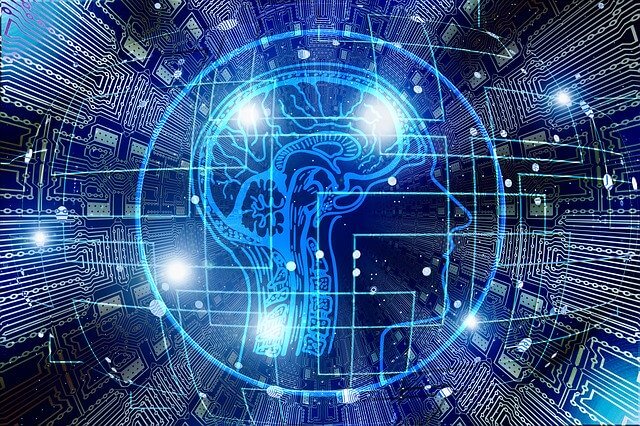
Scientists using artificial intelligence have made it possible to translate your thoughts into text by analyzing your brain activity. According to researchers at the University of California in San Francisco, artificial intelligence, commonly known as AI, can now decipher words from your train of thoughts in real-time.
This journey started years ago when famed physicist Stephen Hawking used a program on an Apple II computer to “talk.” To make the system work, he had to manipulate various buttons using his hands. However, since he suffered from Lou Gehrig’s disease, the condition limited the use of his hands which affected his ability to communicate.
With time, Hawkins’s thumbs were too weak to use a clicker in his wheelchair. To help him, an assistant devised a device known as “cheek switch”. The device could detect movement of Hawkin’s cheeks which enabled him to write emails and books.
Unlike Hawkins’ devices, the recent invention turns thoughts into texts. This promises to give millions of people with speech problems the ability to communicate easily.
According to the Nature Neuroscience journal, scientists exploited the concept of decoding speech from neural activity to the task of machine translation.
The Internet Patrol is completely free, and reader-supported. Your tips via CashApp, Venmo, or Paypal are appreciated! Receipts will come from ISIPP.
To test if the system worked, researchers implanted electrodes into the brains of four participants with the ability to monitor their speech. Each participant read sentences aloud from two datasets: a set of picture descriptions composed of 30 sentences and 125 unique words and another which contained 460 sentences and about 1,800 unique words.
As they spoke, researchers monitored their brain activity and input the information into a machine learning algorithm with the ability to transform brain waves into numbers that decoded the text. In a different part of the machine, the numbers were changed back into a sequence of words.
Though it is a great improvement, the system is only effective for verbal speech. This means that those who suffer from speech disorders due to muscle paralysis will not benefit from this technology at the moment. But, hey! It is a great step in the right direction.
While the current system works on neural patterns detected as a person speaks loudly, scientists say that they are making great strides in assisting people who are unable to speak including those experiencing locked-in syndrome.
According to Dr. Joseph Makin, a researcher at the University of California, San Francisco, science is not yet there, but this breakthrough is the basis of a speech prosthesis.
So, at the moment, you do not need to worry about someone reading your mind. Science is not yet there, but AI seems all set to read minds in the future.
The Internet Patrol is completely free, and reader-supported. Your tips via CashApp, Venmo, or Paypal are appreciated! Receipts will come from ISIPP.









